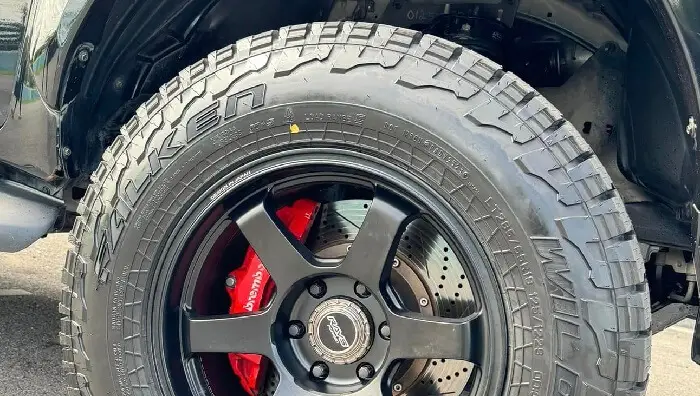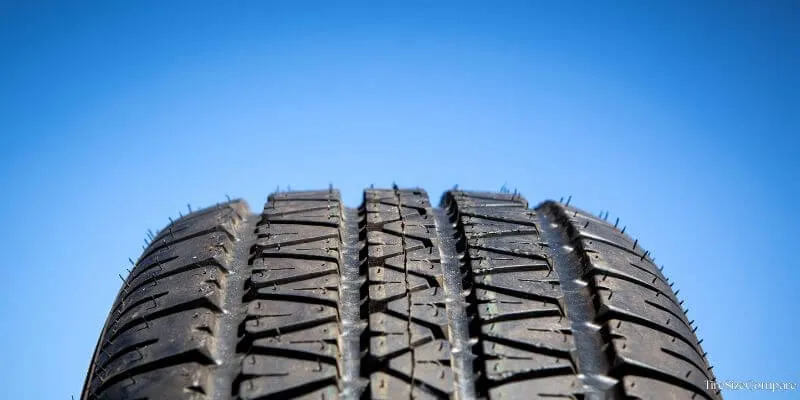Tire Balancing Guide

Tire balancing is an important part of vehicle maintenance that helps ensure a smooth ride, even tire wear, and good fuel efficiency. It involves adding small weights to the wheels to make sure the combined wheel and tire assembly has weight evenly distributed around the axle.
What is Tire Balancing?
Tire balancing refers to the process of equalizing the weight distribution around a vehicle’s wheels and tires. This is done by attaching small metal weights to specific points on the wheel. The goal is to make sure each tire-wheel combination spins smoothly without any wobbling or hopping.
No tire is perfect – there are always slight imbalances in weight due to variations in materials and manufacturing. A tire mounted on a wheel will have heavier and lighter spots. When spun at high speeds, these heavy spots cause the assembly to vibrate and wobble. Tire balancing corrects for these imbalances.
Why is Tire Balancing Important?
Imbalanced tires can cause several issues for your vehicle:
- Uneven & Rapid Tire Wear – The heavy spots on an imbalanced tire make more contact with the road, causing those areas to wear down faster. This leads to uneven tread wear and shorter tire life.
- Vibrations While Driving – Imbalanced tires wobble or hop up and down slightly as you drive. You’ll feel vibrations in the steering wheel if a front tire is imbalanced, or in the floorboard and seat if a rear tire is the culprit. The faster you drive, the more pronounced the vibrations become.
- Reduced Fuel Efficiency – Imbalanced tires are essentially bouncing down the road, which causes friction and drag. Your engine has to work a little harder to overcome this, leading to reduced fuel economy.
- Wear & Tear on Suspension – The constant vibrations from imbalanced tires put extra stress on your vehicle’s suspension components and can cause premature wear.
So in summary, balanced tires will give you a smoother ride, longer tire life, better gas mileage and less strain on suspension parts. It’s an important aspect of tire and wheel maintenance.

When Should Tires Be Balanced?
Tires should be balanced when they are first installed, and then periodically after that – usually every 5,000 to 6,000 miles or as part of a tire rotation service. However, if you notice vibrations or uneven tire wear before then, it’s a good idea to have your balance checked.
Some specific situations that call for tire balancing include:
- After getting a flat tire repaired
- After hitting a large pothole or curb
- When you notice uneven tire wear
- When you feel vibrations in the steering wheel or floorboard
How Is Tire Balancing Done?
Tire balancing is typically done at a tire shop using a specialized machine. Here’s a simplified overview of the process:
- The tire-wheel assembly is removed from the vehicle and mounted on the balancing machine.
- The machine spins the assembly and measures vibrations to identify imbalances.
- The technician attaches small weights to the wheel at specific points to counteract the imbalances.
- The assembly is spun again to verify that it is balanced.
In some cases, the technician may also need to reposition the tire on the wheel to achieve optimal balance.

How Much Does Tire Balancing Cost?
Tire balancing usually costs between $15 and $50 per tire, depending on the vehicle and location. Many tire shops offer free balancing with tire installation or rotation services.
How Do I Know if I Need My Tires Balanced?
The most common signs of out-of-balance tires are vibration in the steering wheel, floorboard, or seats. You may also notice uneven tread wear. If you’ve recently hit a pothole or curb, that can also throw off the balance.
Can I Balance My Own Tires?
While it is possible to balance your own tires, it requires specialized equipment and knowledge to do it accurately. It’s best to leave balancing to the professionals who have the proper machines and experience.
Is Tire Balancing the Same as Tire Rotation?
No, these are two different services. Rotation is the practice of moving tires from front to back and side to side to promote even tread wear. Balancing is the process of equalizing the weight around the tire and wheel. However, both services are often performed at the same time.
Conclusion
Tire balancing is a relatively quick and inexpensive maintenance task that can make a big difference in your vehicle’s performance and tire life.
By equalizing the weight distribution of your tire-wheel assemblies, balancing helps ensure a smooth, vibration-free ride, even tire wear, and optimal fuel efficiency.
If you’re experiencing vibrations while driving or seeing uneven tire wear, it’s probably time for a balance. And even if you’re not noticing any issues, regular balancing as part of your tire rotation service can help prevent problems before they start.



